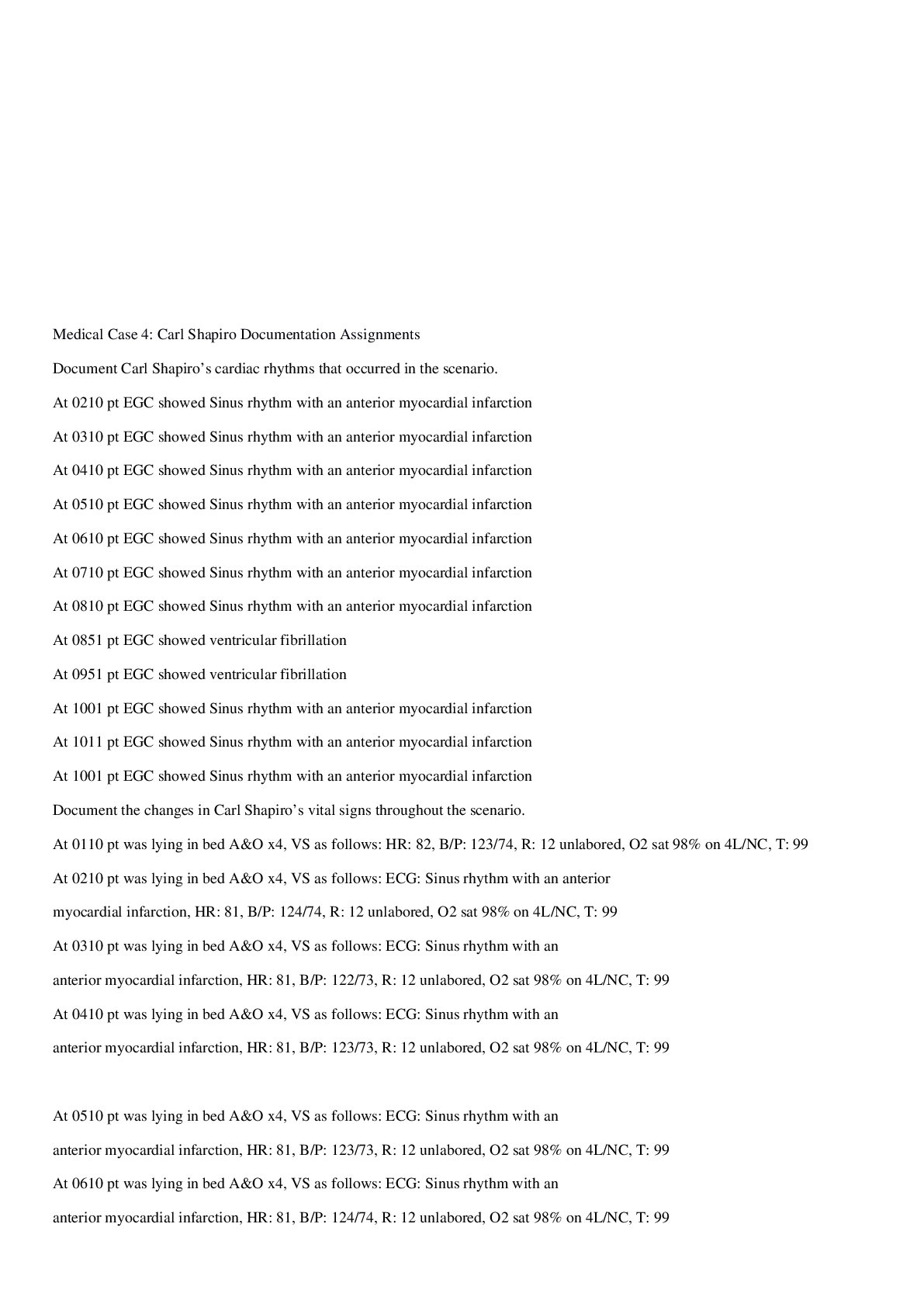Business Law > Summary > Property Law Outline Professor (All)
Property Law Outline Professor
Document Content and Description Below
AN INTRODUCTION TO SOME FUNDAMENTALS A. What is Property 1. In legal discourse, property is what the law defines as proper ty. If a claim to a resource is not recognized by law, it is not proper ty... in a legal sense. Once recognized by law, a claim becomes a legal right. a. A person may be said to hold a proper ty interest if he has any right which the law will protect against infringement by others. There is tangible and intangible property. Perhaps the most important distinction is the distinction between title (roughly what the lay person thinks of as “ownership”) and possession (dominion and control). A unique feature of Anglo- American property law is that title to a parcel of real estate can be spread among numerous owners and in several different ways (see, possessory estates, infra). b. Modern analysis insists that an estate is a bundle of rights, what rights are in the bundle is a matter of public policy. 1.)Example: restraints on alienation. c. Ownership consists of a number of different rights called a “bundle” : the right to possess, the right to use, the right to exclude, the right to transfer (gift and sale). These rights are not absolute (zoning laws, see, for e.g., Moore v. Regents of UC, State v. Shack, holding even the right to exclude others is subject to limits imposed upon by society. 1.)Rationale: property rights serve basic human values. Property rights are not absolute. Basic to the social welfare Resource utilization 2. What should be recognized as a property right depends on considerations of a. Fairness and b. Economic Efficiency 3. Defined : the legal relationships among people in regard to a thing. For e.g., Joe owns this watch, it is his proper ty. The words “own” and “property” refer to the legal relationship Joe has with other persons in regard to the watch. 4. Legal Process a. How do judges make rules? 1.) Analogy 2.) Custom 3.) History 4.) Precedent 5. Jeremy Bentham : property is la legally protected expectation … of being able to draw some advantage from a thing in question, according to the nature of the case. 6. Felix Cohen: That is property to which the following label can be attached: To the world: keep off unless you have my permission, which I may grant or withhold. Signed: private citizen. Endorsed: the state. 7. Five theories advanced to justify the institution of private property a. The Occupation Theory – the simple fact of occupation or possession justifies legal protection of the possessor’s claim to the thing b. The Labor Theory – a person has a moral right to ownership and control of things he produces or acquires through his or her labor c. The Contract Theory – private property is the result of contract between individuals and the community d. The Natural Rights theory – the natural law dictates the recognition of private property 1 Property Law Outline Professor Klein e. The Social Utility Theory – the law should promote the maximum fulfillment of human needs and aspirations, and that legal protection of private proper ty does promote such fulfillment. f. Economic Theory – the legal protection of property rights has an important economic function: to create incentives to use resources efficiently g. Equality Rights: the institution of private property really protected man’s natural equality of rights. Equality of rights means that every man has the right to grab. The institution pf proper ty was an agreement among men legalizing what each had already grabbed. II. CHAPTER 1. FIRST POSSESSION: ACQUISITION OF PROPERTY BY DISCOVERY, CAPTURE, AND CREATION: RIGHTS OF POSSESSORS: TITLE FROM POSSESSION – (1) WILD ANIMALS (2) FINDING LOST ARTICLES (3) ADVERSE POSSESSION. Normally one gains title to something by acquiring it from another with the others consent. There are a few ways to gain title from posses sion, (1) wild animals, (2) finding lost articles, and (3) adverse posses sion are the best examples of this. Keep in mind that the concept of possession is important because once a person has gained possession she has rights superior to the rest of the world. The problems below revolve around the question of What constitutes possession? For the finder to acquire these special rights he must take the proper ty into his possession (intent to assume dominion and physical control over the goods.) 2 Property Law Outline Professor Klein A. Acquisition by Discovery – FIRST IN TIME1 1. Land - - The US government traces its title back to the original discovery and conquest of America by white European explorers. Obviously, Native Americans were here before the white man arrived. However, American courts have held that although Indians had “possession” of the land on which they lived, they did not have “title” to it, and could not convey title. Therefore, a title derived from the federal government, or from one of the states or colonies, has priority over an earlier purpor ted “grant” from one Indian Tribe. Johnson v. M’Intosh, 21 U.S. (8 Wheat) 543 (1832). a. Note: Discovery gave an exclusive right to extinguish the Indian title of occupancy, either by purchase or by conquest. The first “discoverer” had a preemptive right to deal with the Indians as against subsequent discoverers. b. Note: the European settlers had the power to impose a point of view on the Indians, to privilege an ideology and the use the privilege to justify the power. Property confers and rests upon power. c. Note: the discovery of the Indian occupied lands vested absolute title in the discoverers and rendered the Indian inhabitants incapable of transferring absolute title in others. B. Acquisition by Capture 1. Rule of Capture : Wild Animals are not owned by anyone, but once a person has gained possession of such an animal, he has rights in that animal superior to those of the rest of the world. Capture is sufficient. The mere fact that one has spotted or chased an animal is not sufficient to constitute possession. Property in wild animals is only acquired by occupancy, pursuit alone does not constitute occupancy or vest any right on the pursuer. 2. Example : A is on a horse pursuing a fox, [Show More]
Last updated: 5 months ago
Preview 1 out of 80 pages
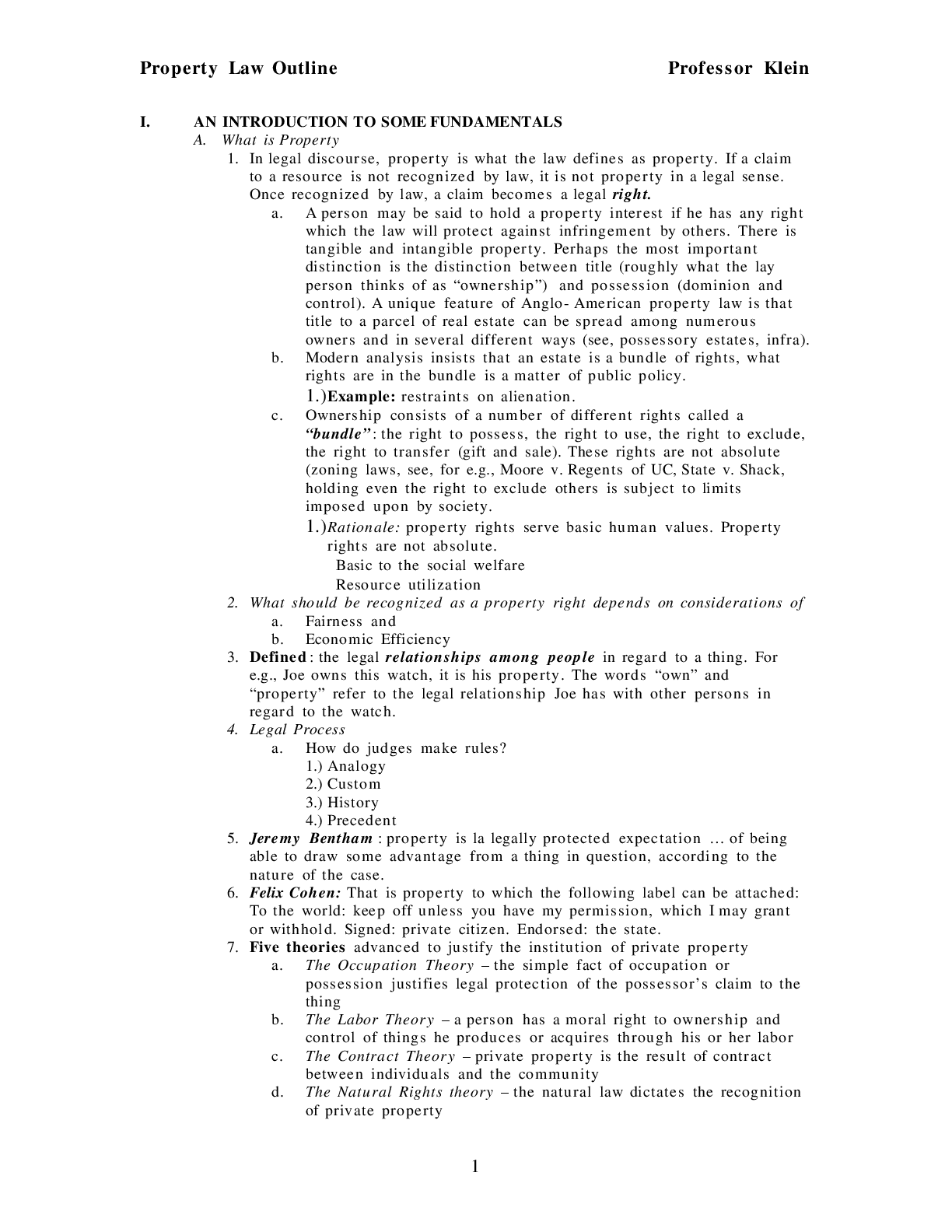
Also available in bundle (1)

STUDY MATERIAL FOR PROPERTY LAW
STUDY MATERIAL FOR PROPERTY LAW
By EXCELLENCE NURSING LIBRARY 5 months ago
$75
5
Reviews( 0 )
Document information
Connected school, study & course
About the document
Uploaded On
Nov 08, 2023
Number of pages
80
Written in
Additional information
This document has been written for:
Uploaded
Nov 08, 2023
Downloads
0
Views
32

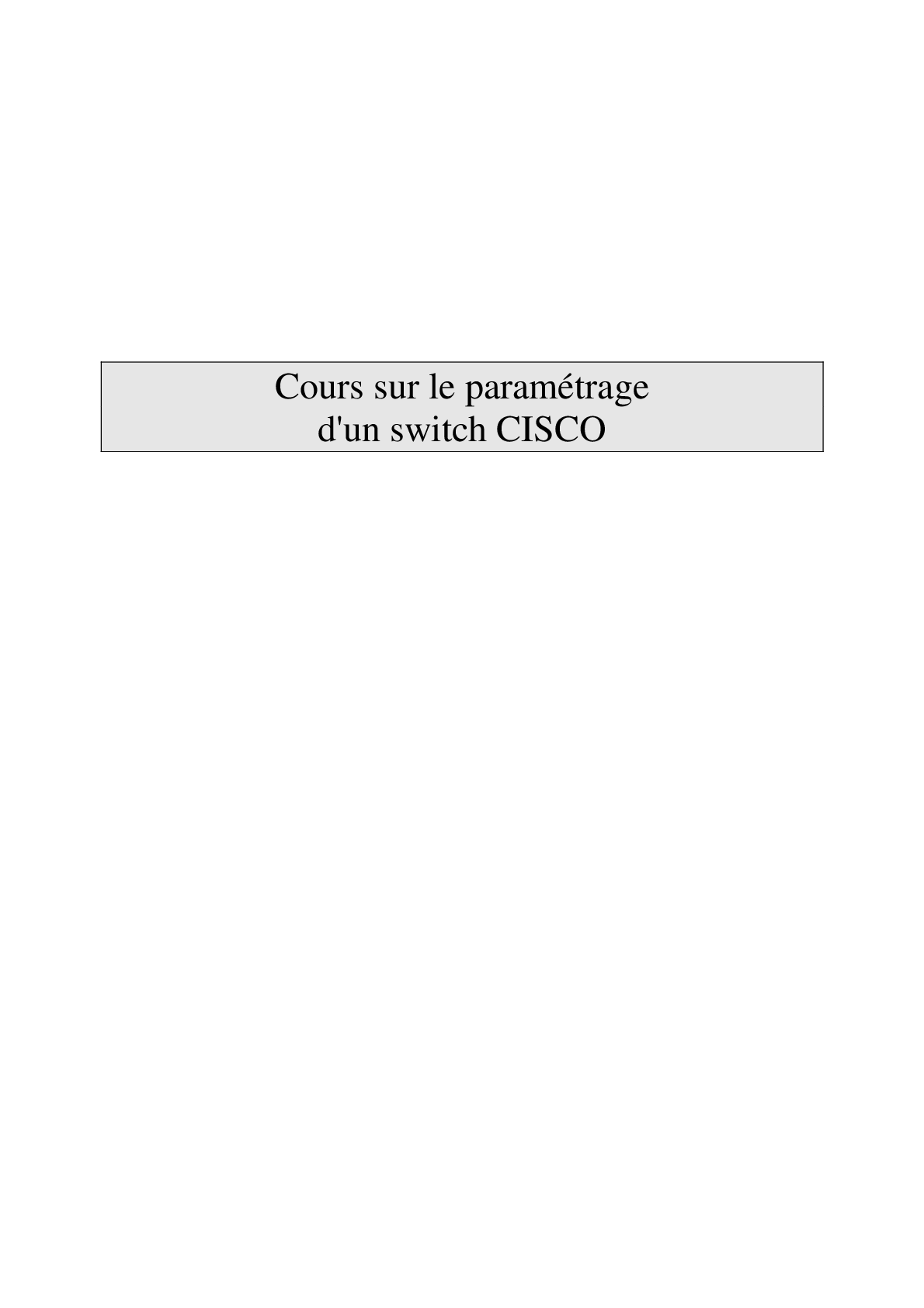
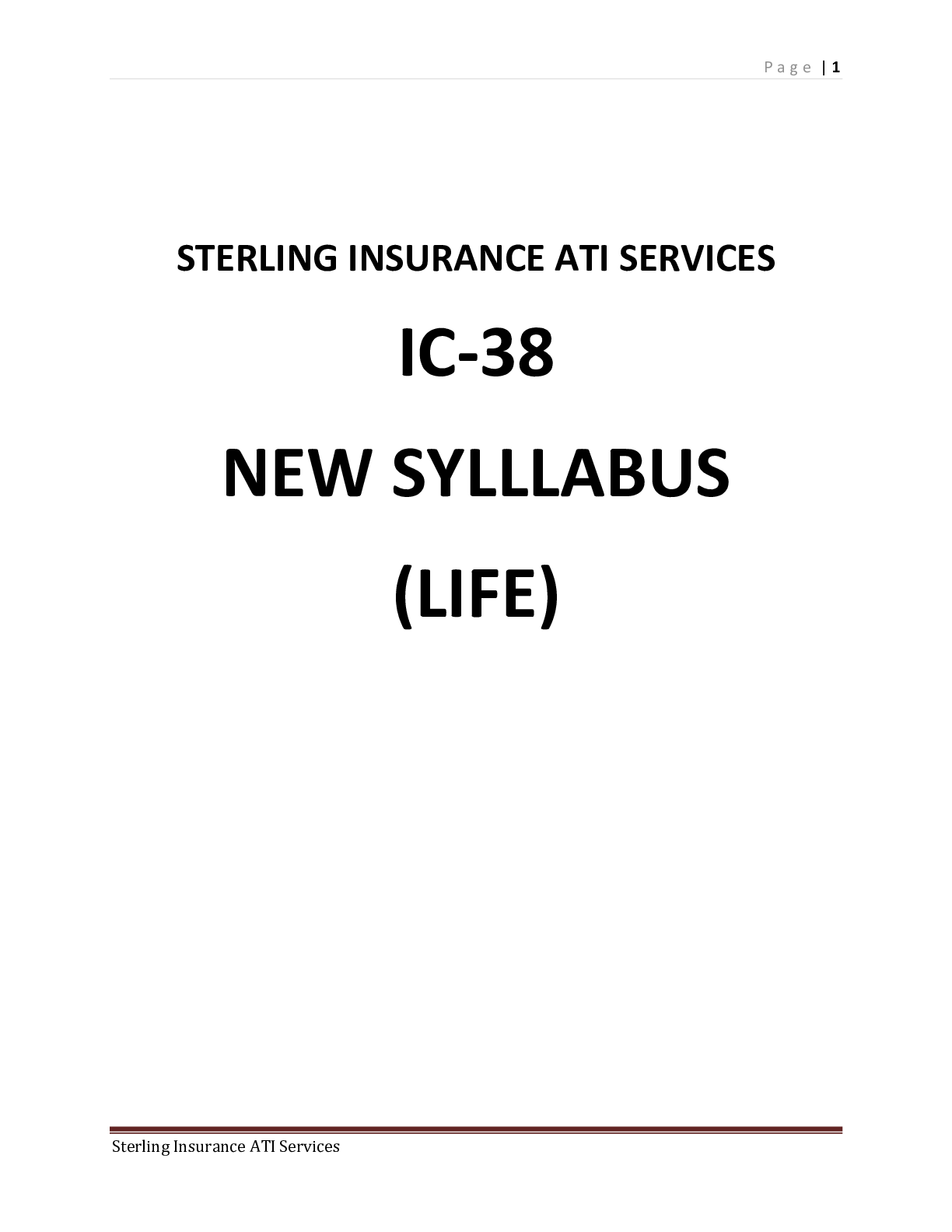




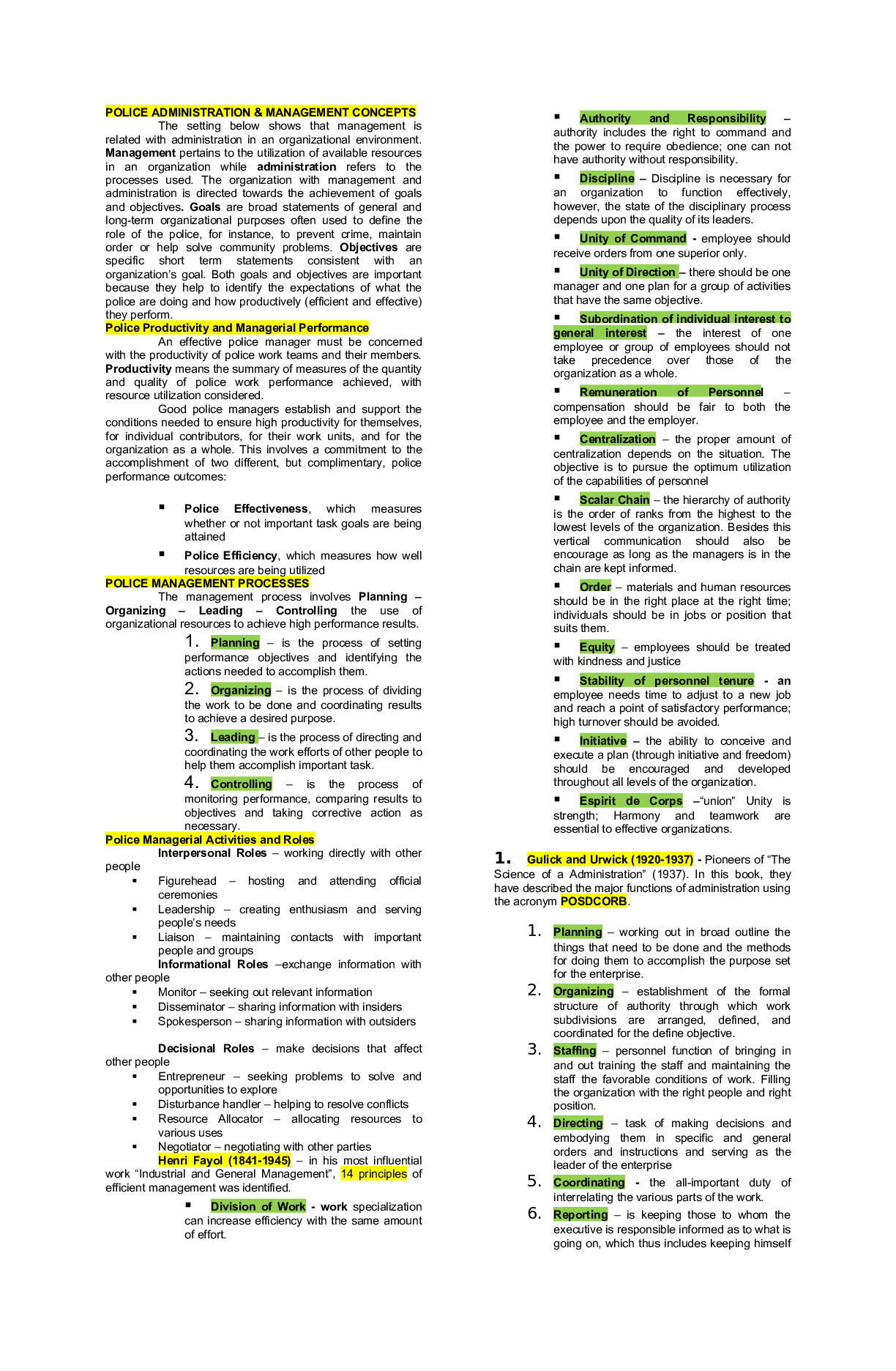


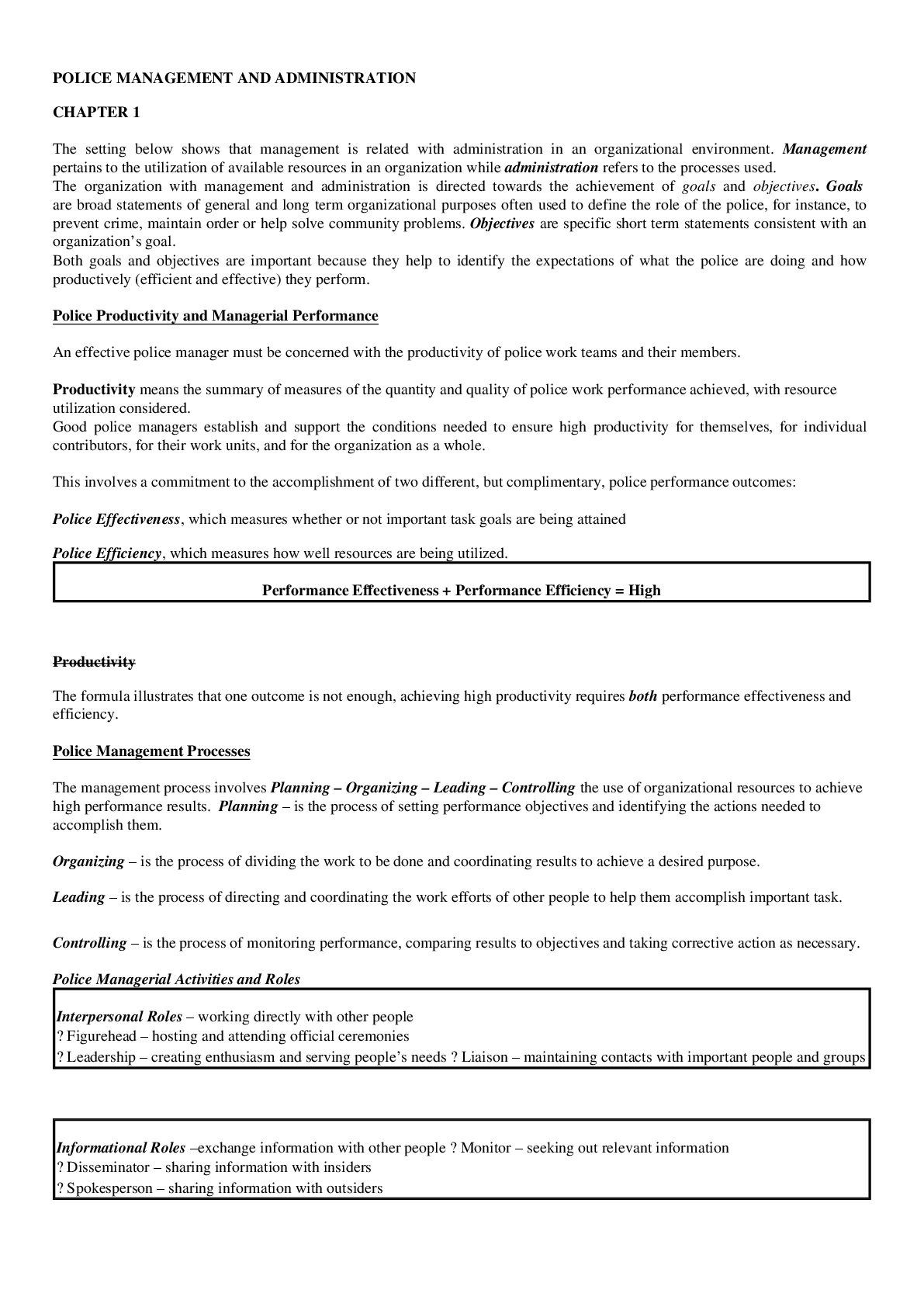
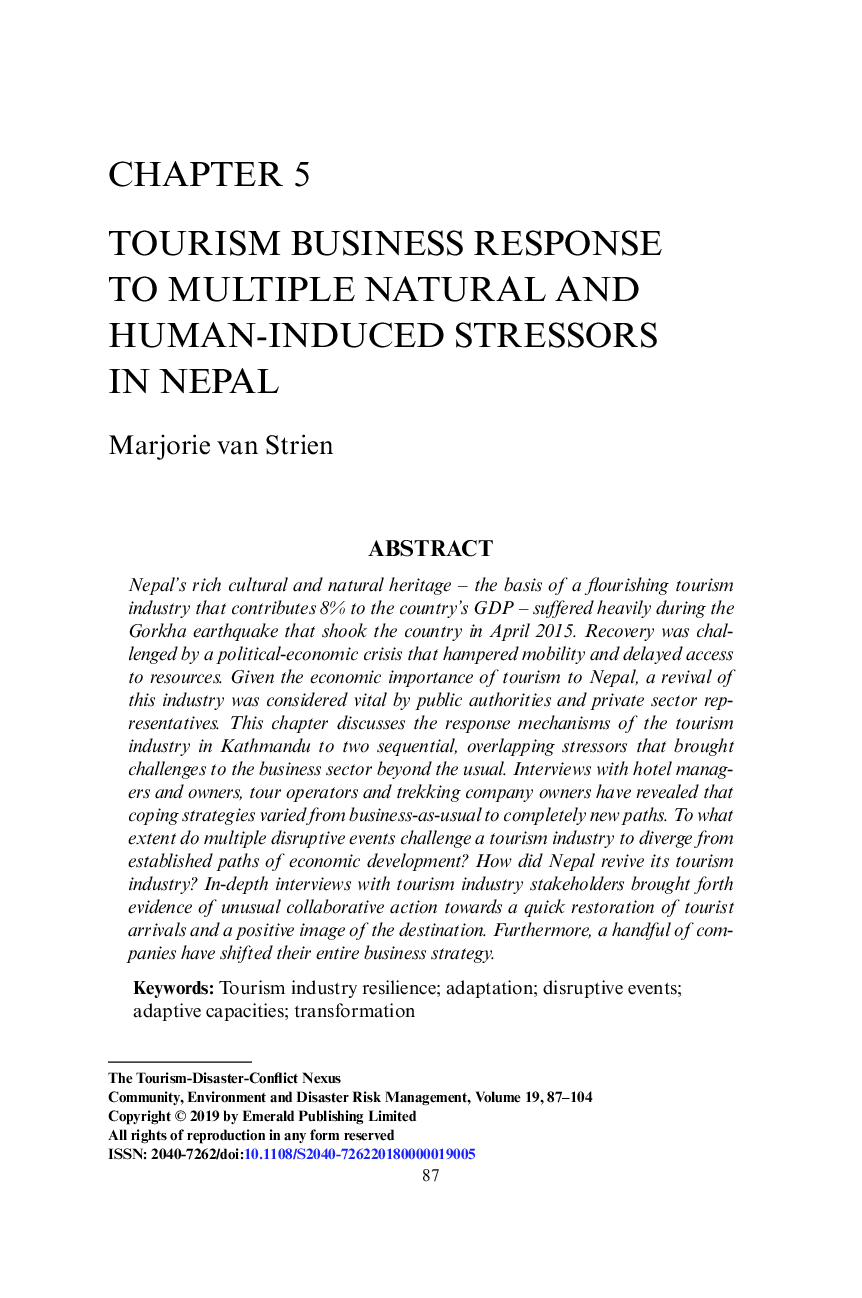




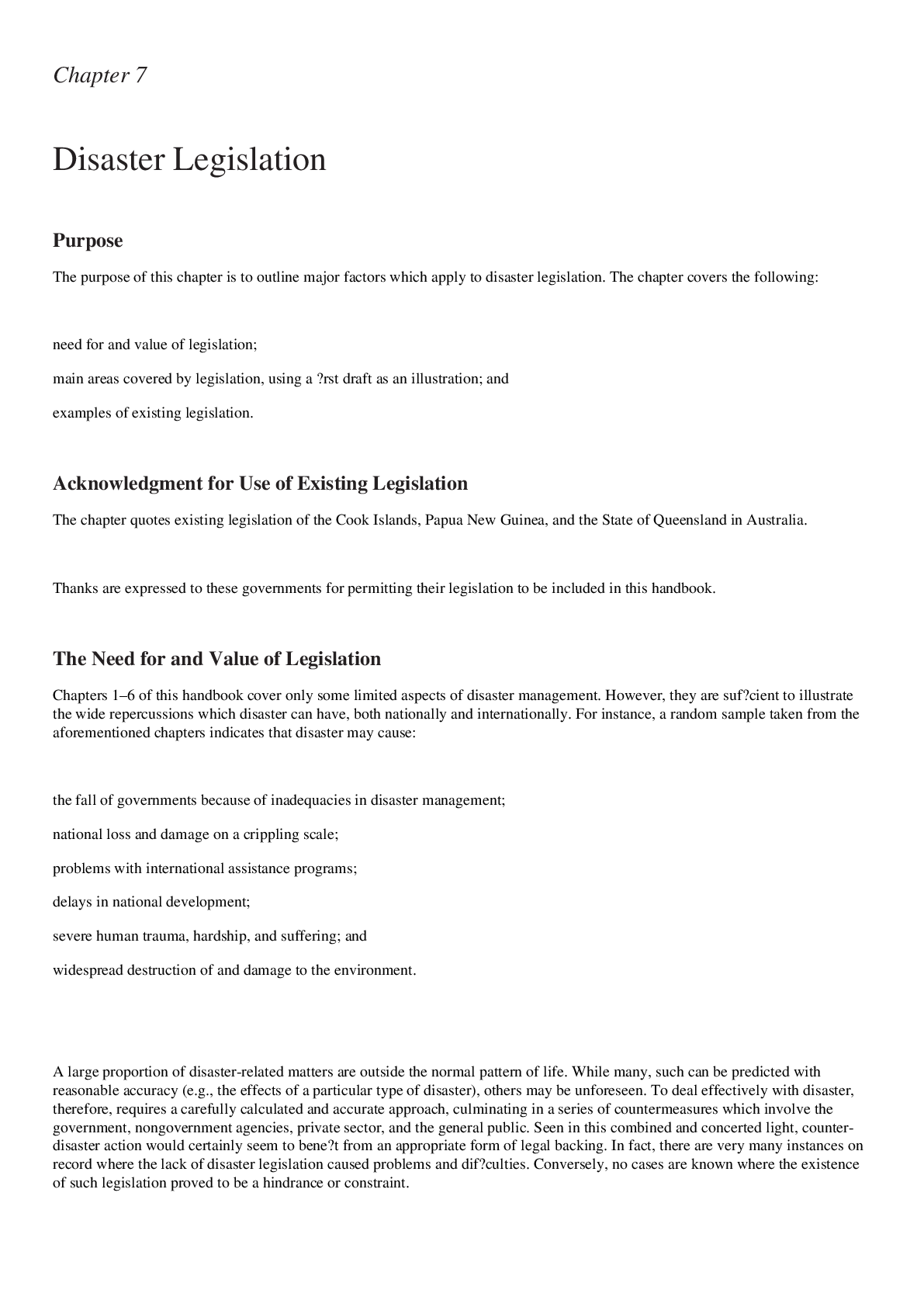


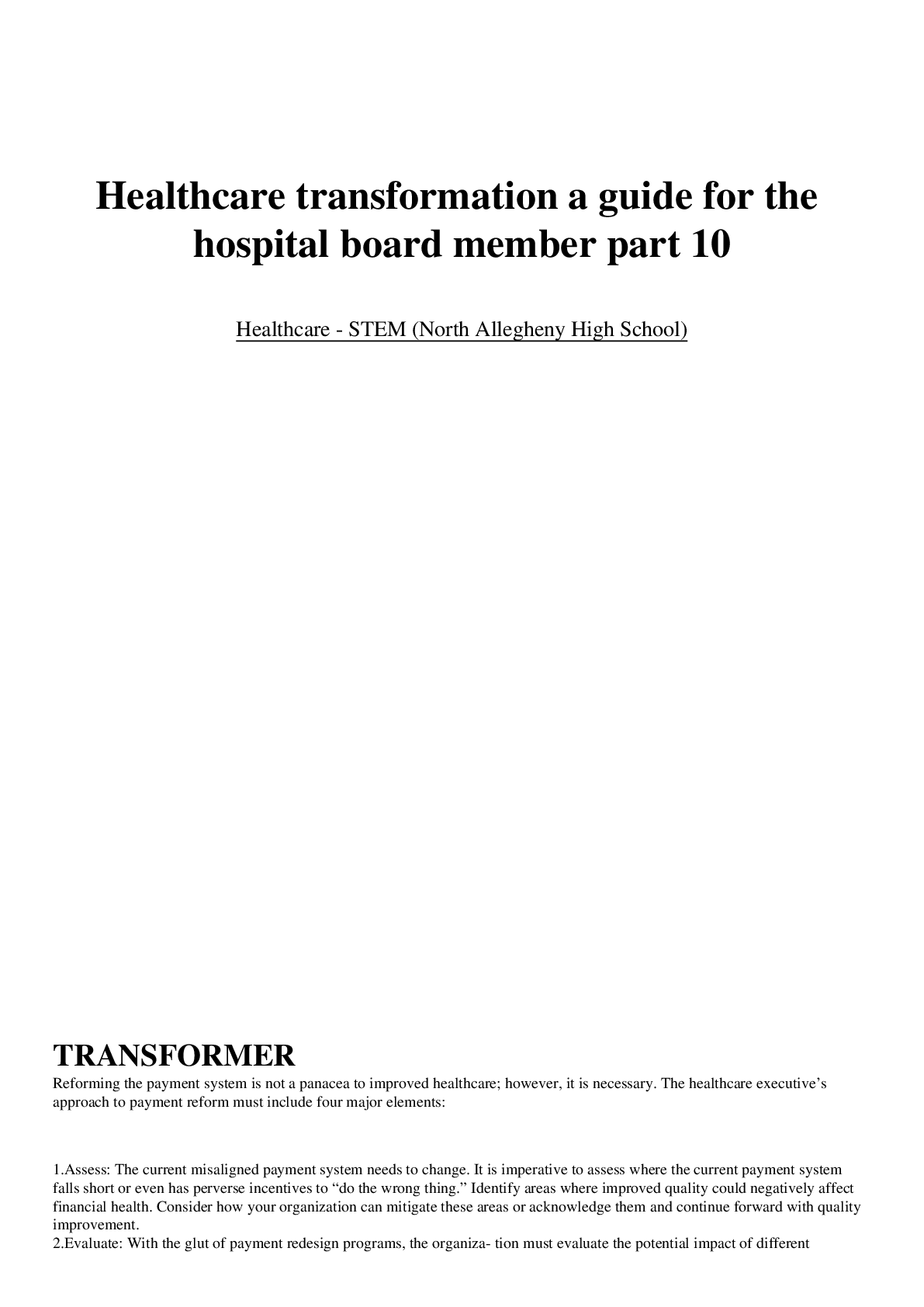

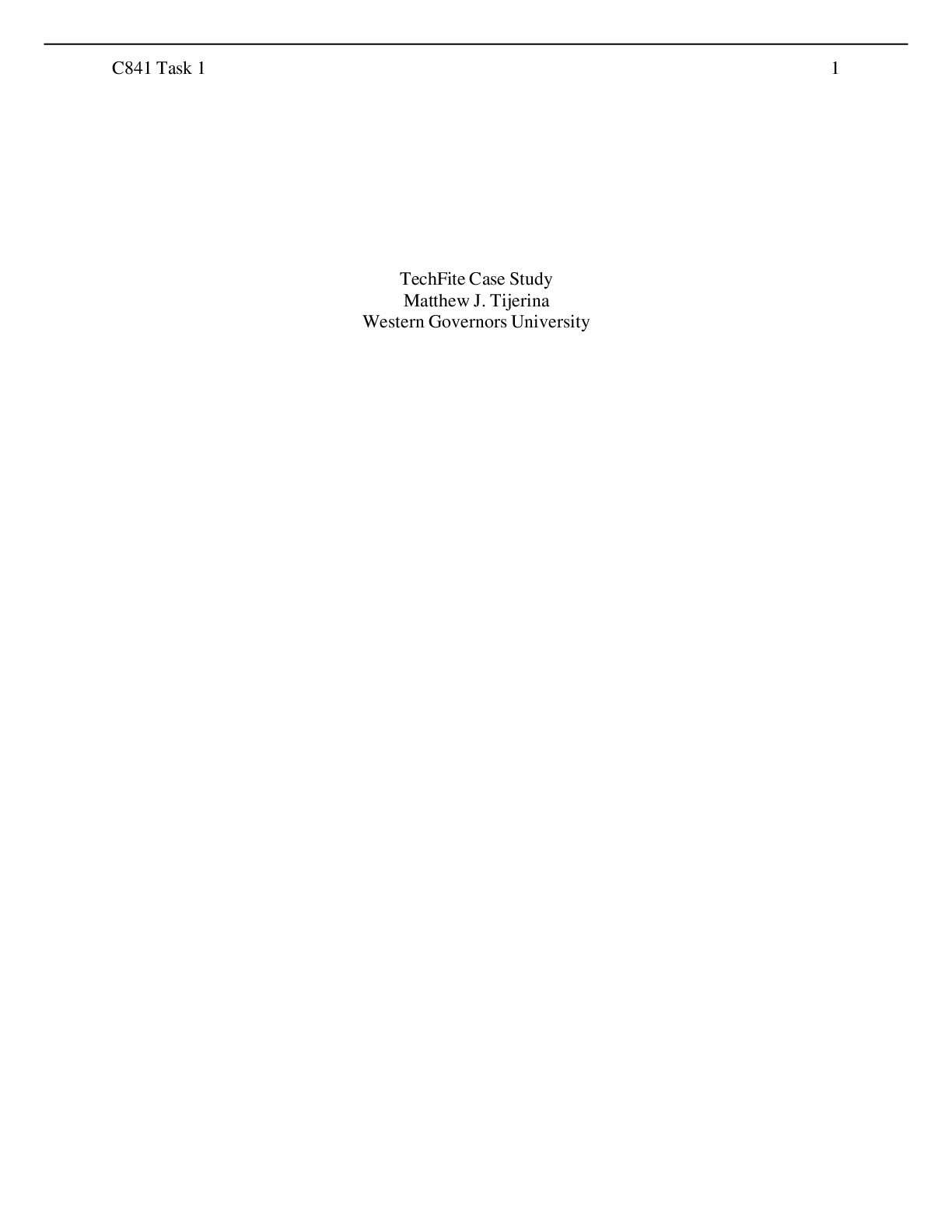
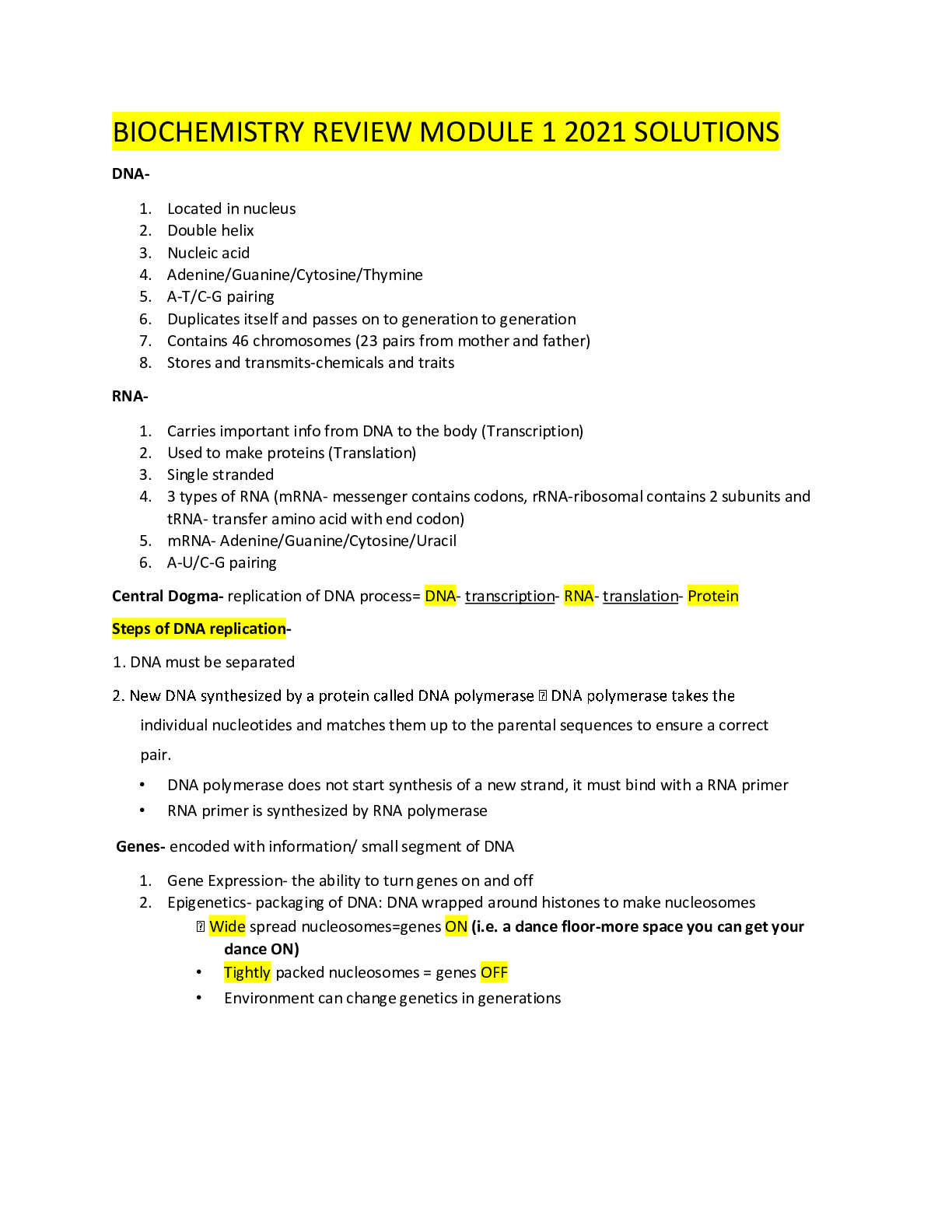
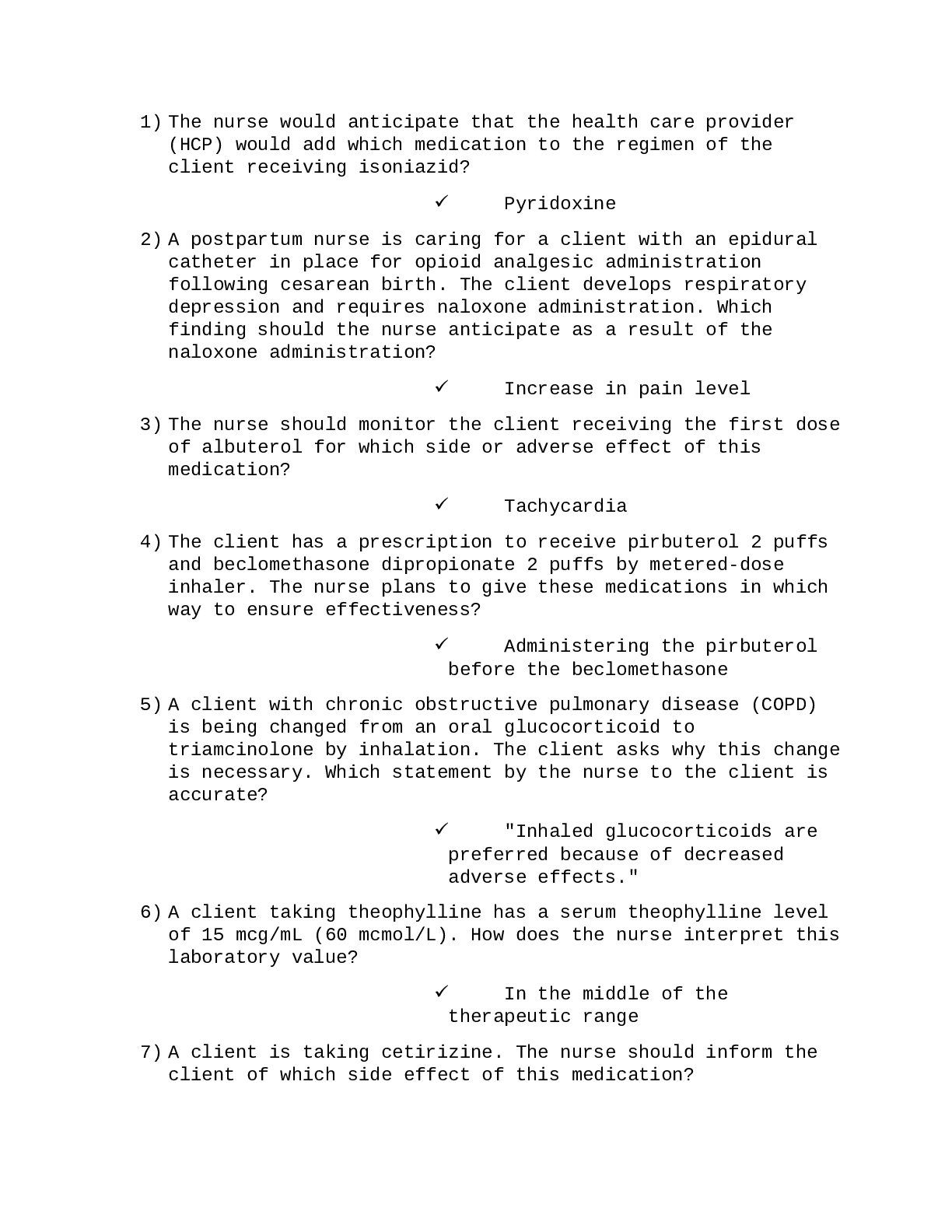
NSG110 AMERICANS RATE NURSES HIGHEST ON HONESTY, ETHICAL STANDARDS.png)







.png)
